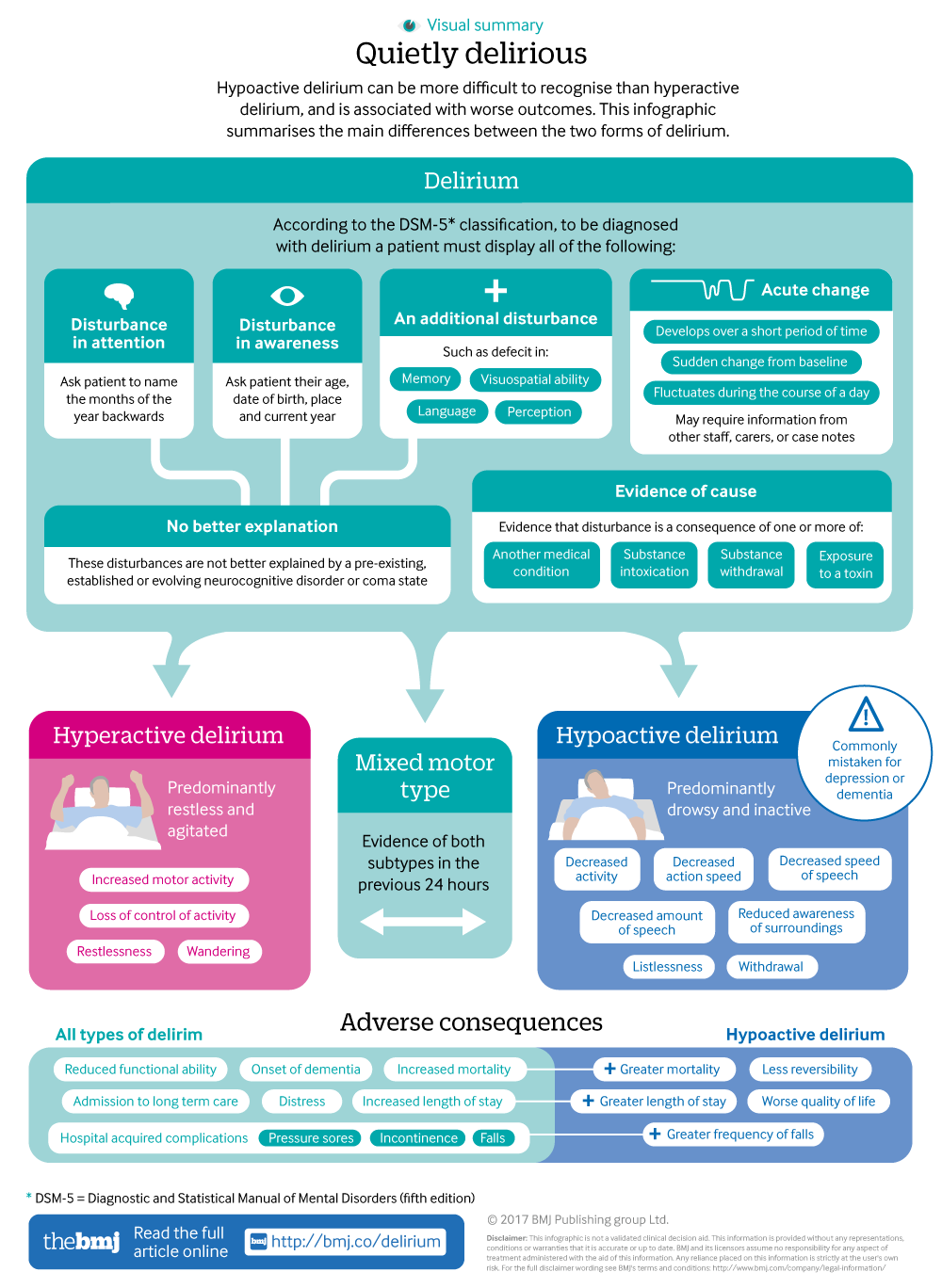State of mind stabilizers aid to calm areas of the mind that are influenced by bipolar disorder. These medicines are most efficient when they are taken frequently.
It may take a while to locate the right medicine that functions finest for you and your medical professional will certainly check your problem throughout treatment. This will certainly include regular blood examinations and possibly an adjustment in your prescription.
Neurotransmitter regulation
Natural chemicals are a group of chemicals that control one another in healthy and balanced people. When levels come to be out of balance, this can cause mood problems like depression, anxiousness and mania. Mood stabilizers aid to avoid these episodes by assisting manage the balance of these chemicals in the brain. They likewise might be utilized together with antidepressants to enhance their performance.
Drugs that work as state of mind stabilizers include lithium, anticonvulsants and antipsychotics. Lithium is maybe the most well known of these medications and works by influencing the flow of sodium with nerve and muscular tissue cells. It is most often used to treat bipolar affective disorder, yet it can additionally be helpful in treating other mood disorders. Anticonvulsants such as valproate, lamotrigine and carbamazepine are also effective mood stabilizing medications.
It can take some time to find the right type of medication and dosage for each individual. It's important to work with your medical professional and take part in an open discussion regarding exactly how the medicine is helping you. This can be especially practical if you're experiencing any type of adverse effects.
Ion channel modulation
Ion networks are a significant target of state of mind stabilizers and several various other drugs. It is currently well developed that they are vibrant entities that can be modulated by a variety of external stimuli. In addition, the inflection of these networks can have a range of temporal results. At one extreme, adjustments in gating characteristics may be rapid and immediate, as in the nicotinic acetylcholine receptor/channel system. At the other end of the spectrum, covalent adjustment by protein phosphorylation might lead to modifications in channel feature that last much longer.
The field of ion network modulation is entering a duration of maturity. Current studies have shown that transcranial focused ultrasound (US) can stimulate neurons by activating mechanosensitive potassium and salt channels embedded within the cell membrane layer. This was demonstrated by revealed channels from the two-pore domain name potassium family in Xenopus oocytes, and focused United States substantially modulated the existing streaming through these channels at a holding voltage of -70 mV (right panel, family member effect). The outcomes are consistent with previous monitorings showing that antidepressants influencing Kv channels manage glia-neuron interactions to contrary depressive-like behaviors.
Neuroprotection
Mood stabilizers, like lithium, valproic acid (VPA), and carbamazepine, are important in the therapy of bipolar affective disorder, which is characterized by persistent episodes of mania and clinical depression. These drugs have neuroprotective and anti-apoptotic buildings that help to stop cellular damage, and they likewise enhance mobile resilience and plasticity in useless synapses and neural circuitry.
These safety actions of mood stabilizers may be moderated by their restraint of GSK-3, inositol signaling, and HDAC activity. In addition, long-term lithium therapy protects versus glutamate excitotoxicity in cultured nerve cells-- a model for neurodegenerative disorders.
Studies of the molecular and cellular results of mood stabilizers have shown that these drugs have a vast array of intracellular targets, consisting of multiple kinases and receptors, as well as epigenetic adjustments. Refresher course is required to determine if state of mind stabilizers have neurotrophic/neuroprotective activities that are cell kind or wiring certain, and how these results might complement the rapid-acting restorative action of these representatives. This will certainly aid to create brand-new, much faster acting, a lot more reliable therapies for psychological diseases.
Intracellular signaling
Cell signaling is the process whereby cells connect with their atmosphere and other cells. It includes a series of action in which ligands connect with membrane-associated receptors and lead to activation of intracellular pathways that manage essential downstream mobile features.
State of mind stabilizers act on intracellular signaling via the activation of serine-threonine protein kinases, causing the phosphorylation of substratum proteins. This turns on signaling cascades, resulting in modifications in gene expression and mobile feature.
Lots of mood stabilizers (consisting of lithium, valproate and lamotrigine) target intracellular signaling paths by inhibiting certain phosphatases or triggering certain kinases. These impacts trigger a decline in the task of these paths, which brings about a decrease in the synthesis of psychiatrist near me specific chemicals that can impact the brain and lead to signs and symptoms of anxiety or mania.
Some state of mind stabilizers likewise work by enhancing the activity of the repressive natural chemical gamma-aminobutryic acid (GABA). This enhances the GABAergic transmission in the mind and minimizes neural activity, consequently producing a relaxing impact.
